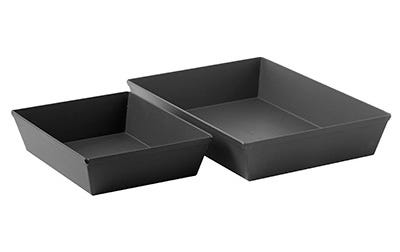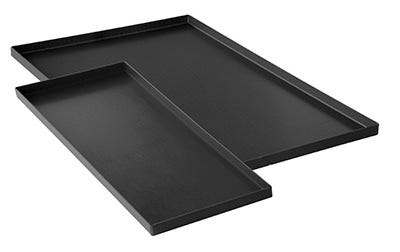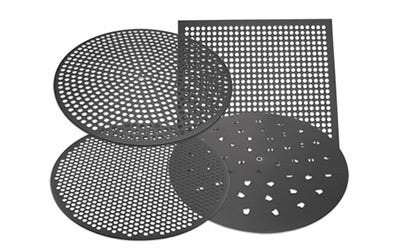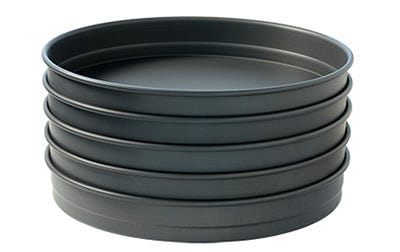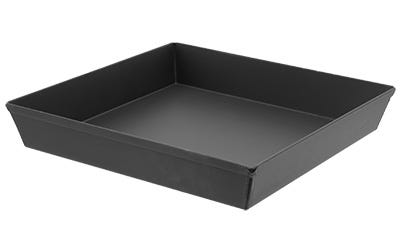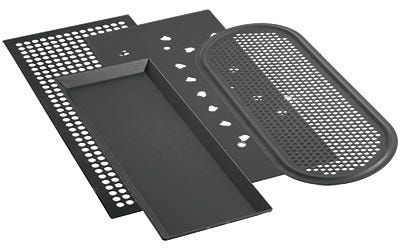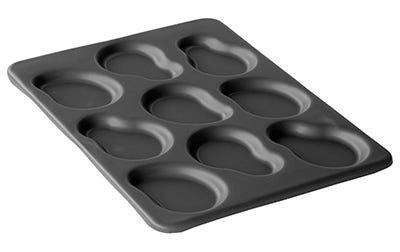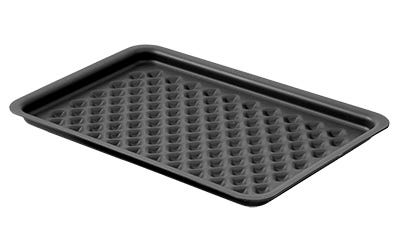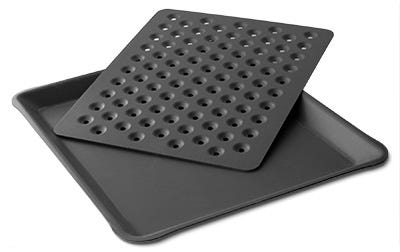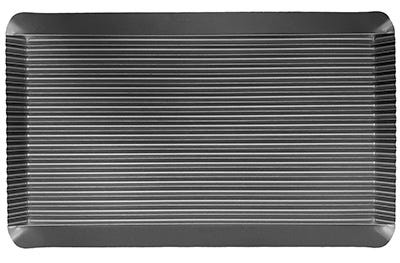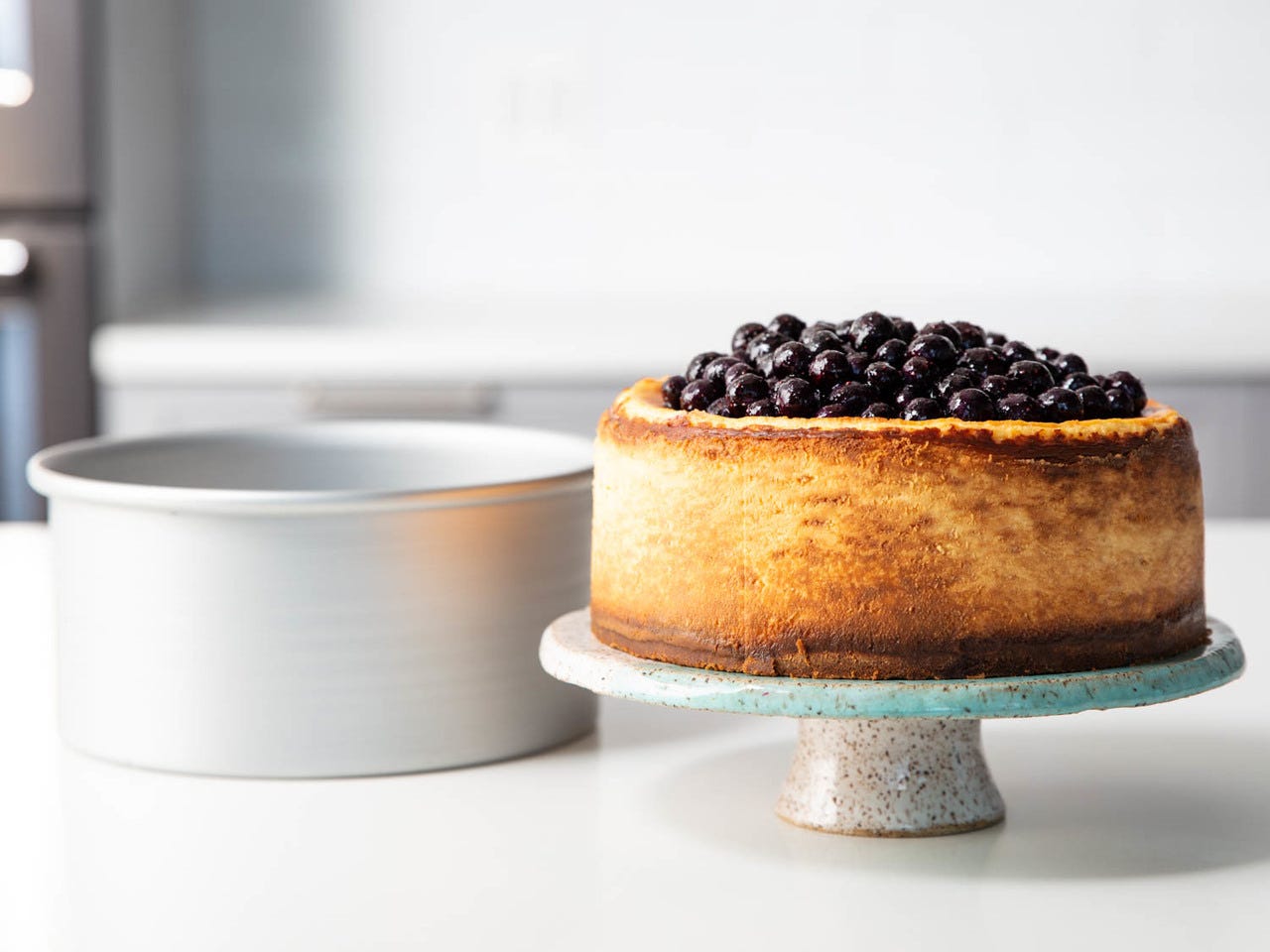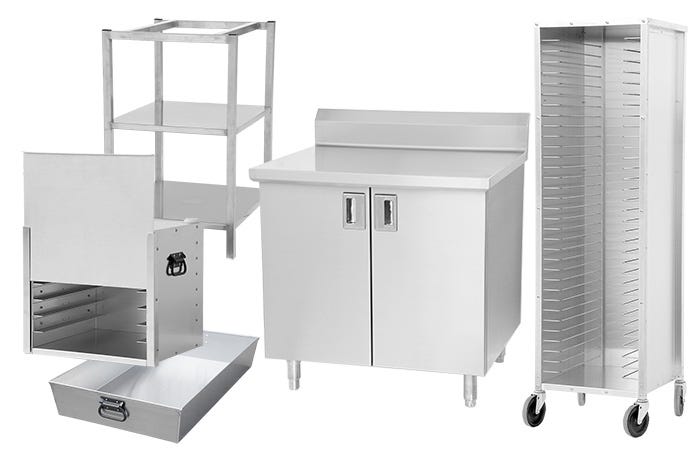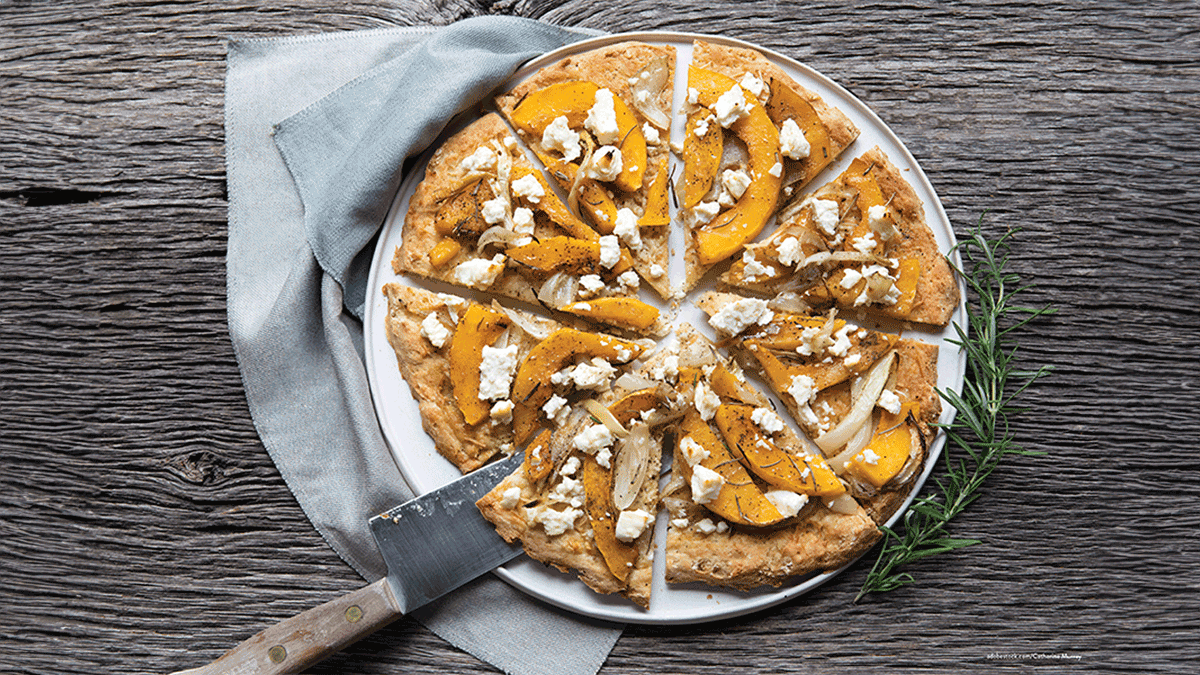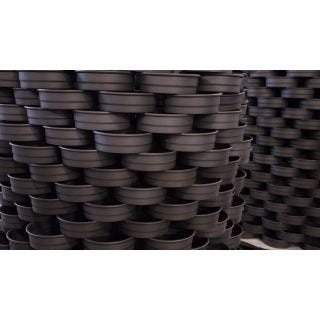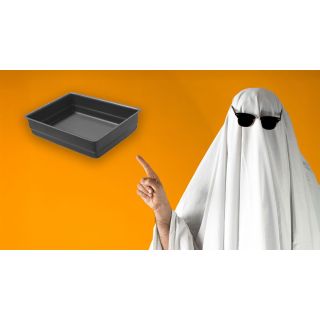Ahh, autumn. The season of pumpkin spice, falling leaves and cozy blankets. There’s nothing like settling in with a piping-hot slice of pizza on a chilly day, and we’ve rounded up a full pie of ideas for your fall menu.
Toppings
Changing seasons are the perfect opportunities to shake up your menu. Let’s work our way up from the crust. Instead of traditional red sauces, pizza makers are using white sauces like béchamel, Alfredo and other hearty sauces that stick to their customers’ ribs on cold days.
Then, it’s time to think about cheese. Instead of a traditional mild mozzarella, parmesan, bleu cheese, gruyere, white cheddar or goat cheese, all of which pump up the flavor and complement both white sauces and seasonal toppings, are making their way onto U.S. pizza menus.
In-season veggies like butternut squash, acorn squash, pumpkin, beets, carrots, Brussels sprouts, turnips, parsnips, potatoes, collard greens, mustard greens, kale, onion, shallots, leeks, radicchio and escarole (fall truly is the Season of the Root Vegetable) are trending.
The great thing about these vegetables is that they can be cooked in a variety of ways. For pizza, we recommend roasting or pureeing. Add a touch of sweet with brown sugar, or keep things savory with herbs like sage and rosemary. It’s all about finding that balance of flavor. We’re loving these recipes for Butternut Squash & Gorgonzola Pizza and Potato, Bacon & Provolone Pizza.
Everybody loves a veggie pizza, but what about the meat?! This fall, it’s all about breaded chicken. Chicken’s naturally mild flavor profile makes it a great complement to fall vegetables, white sauces and flavorful cheeses. Get started with these recipes for Chicken Farm Pizza and Nashville Hot Chicken Pizza.
Crusts
You’ll need a sturdy crust to carry these heavy toppings. We recommend the following:
- Thin crust: The key is a low-hydrated, high-gluten dough baked at a medium temperature to ensure it stays nice and crispy.
- Medium-thick, brick-oven crust: Stick to a high-gluten dough with less than 70% hydration and baked at 500 degrees Fahrenheit. Too much steam will soften the dough and prevent your pie from carrying hefty toppings.
- High-hydration crusts: When baked in the 500-degree range, high-hydration dough rich in oil will result in a crisp crust with a large cell structure.
Crust is definitely not a one-size-fits-all solution for fall pizza flavors. When developing your menu, consider the following:
- Gluten strength: The stronger the gluten, the sturdier your crust will be. Look for flours with a protein strength of up to 14%.
- Mix: Higher hydration doughs work best with adequate fermentation and baked in large pans. Mix it low and slow and rest your dough for 20-60 minutes without salt.
- Bake: Heat and time are key for perfect crust. One type of flour baked two different ways can produce two very different types of crusts.
- Sauce: Many pizzaiolos prefer adding sauce to raw dough, but that can produce a gummy layer that doesn’t cook well enough. Others prefer adding sauces and toppings in stages, helping to keep crust crusty.
- Cheese: Mozzarella is a heavy cheese, but cheeses with stronger flavors like gorgonzola, feta and parmesan, can be used in smaller quantities, preventing your pie from getting weighed down.
The Perfect Pan
You’ll need the perfect pan to create your new fall pizza. LloydPans has a variety of pizza pans that are great for whatever type of pizza you’re whipping up. Try a straight-side pan for a thicker crust, or a perforated pan that will help keep your crust nice and crispy.
Time to get started! What’s on your menu this fall?
Source: Pizza Today.
 Contact Lloyd Pans
Contact Lloyd Pans 800-748-6251
800-748-6251
